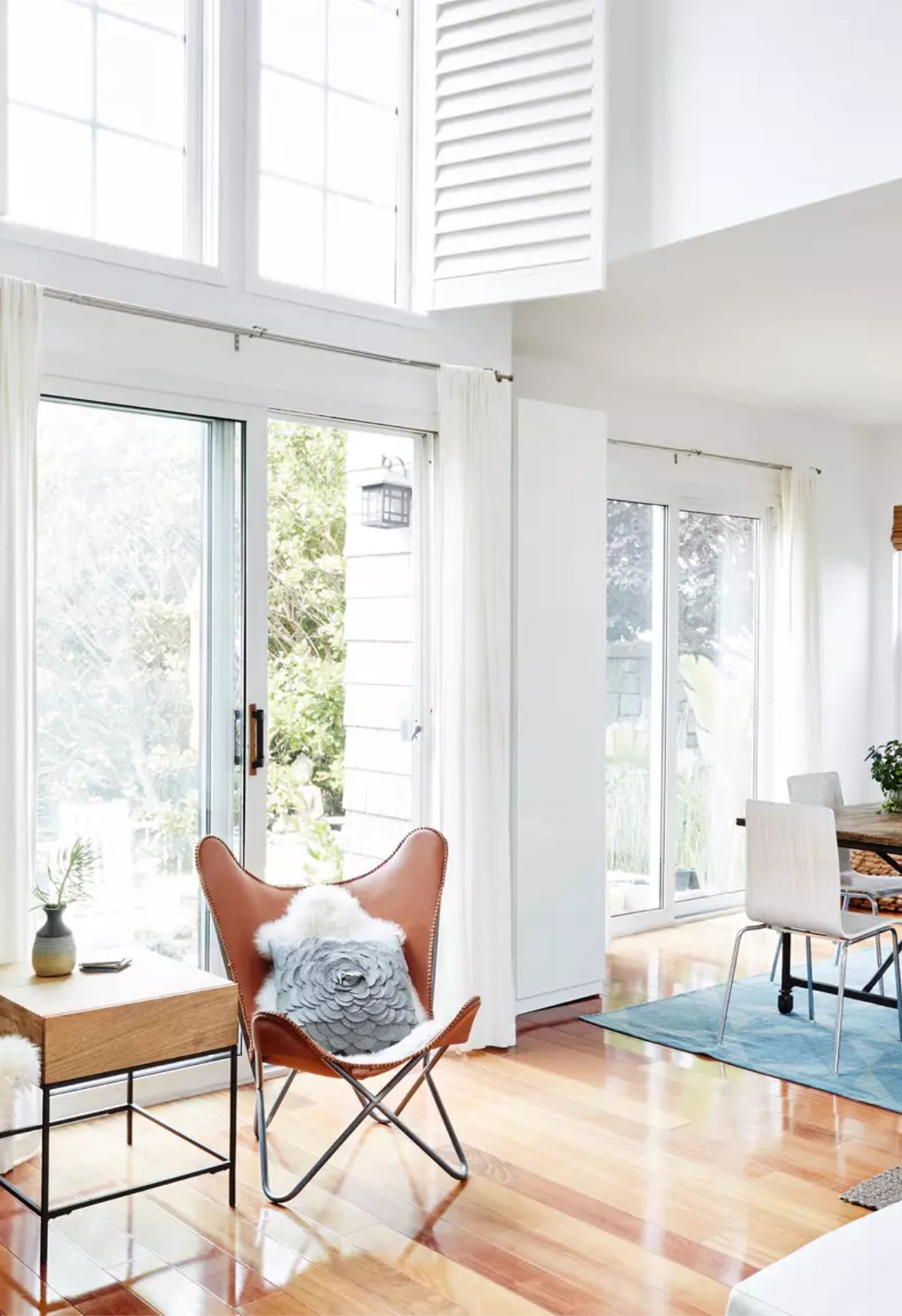Discrete order is the order formed by structures that are independent of each other and have gaps between them. This layout ensures that the structures do not touch each other. Discrete order is often seen in places where urban development is uneven and planning and supervision are insufficient. Among the advantages of the split layout are that the buildings receive more light, air and green space, and are more resistant to disasters such as fire and earthquake. However, there are also disadvantages of the discrete order. This pattern makes land use inefficient, increases infrastructure costs, and makes it difficult to access transportation and social services. Discrete order disrupts the aesthetic and functional integrity of cities.
- 37.7392
- 40.6734
- 48.7621
Onay Emlak, your reliable address for your real estate needs in Tekirdağ, is proud to serve you.
In our office with a wide portfolio, we offer apartment, house and land options for sale and rent in Tekirdağ.
We adopt the understanding of quality service with our expert staff.
Thanks to our leading position in the Tekirdağ real estate market, you can easily reach the suitable options you are looking for.
Visit now and discover our special ads for you in your searches such as land and apartment for sale in tekirdağ.
In our office with a wide portfolio, we offer apartment, house and land options for sale and rent in Tekirdağ.
We adopt the understanding of quality service with our expert staff.
Thanks to our leading position in the Tekirdağ real estate market, you can easily reach the suitable options you are looking for.
Visit now and discover our special ads for you in your searches such as land and apartment for sale in tekirdağ.
Active Visitors:17
Total Visitors:25.833.923
Total Page Views:26.817.653
This site uses  real estate web page.
real estate web page.
 real estate web page.
real estate web page.

Advertise My Property
For the sale or rental of your real estate, you can reach our authorized real estate consultants by filling out the form below.

Find Me Property
If you could not find the real estate you are looking for, you can reach our authorized real estate consultants by filling out the form below.



